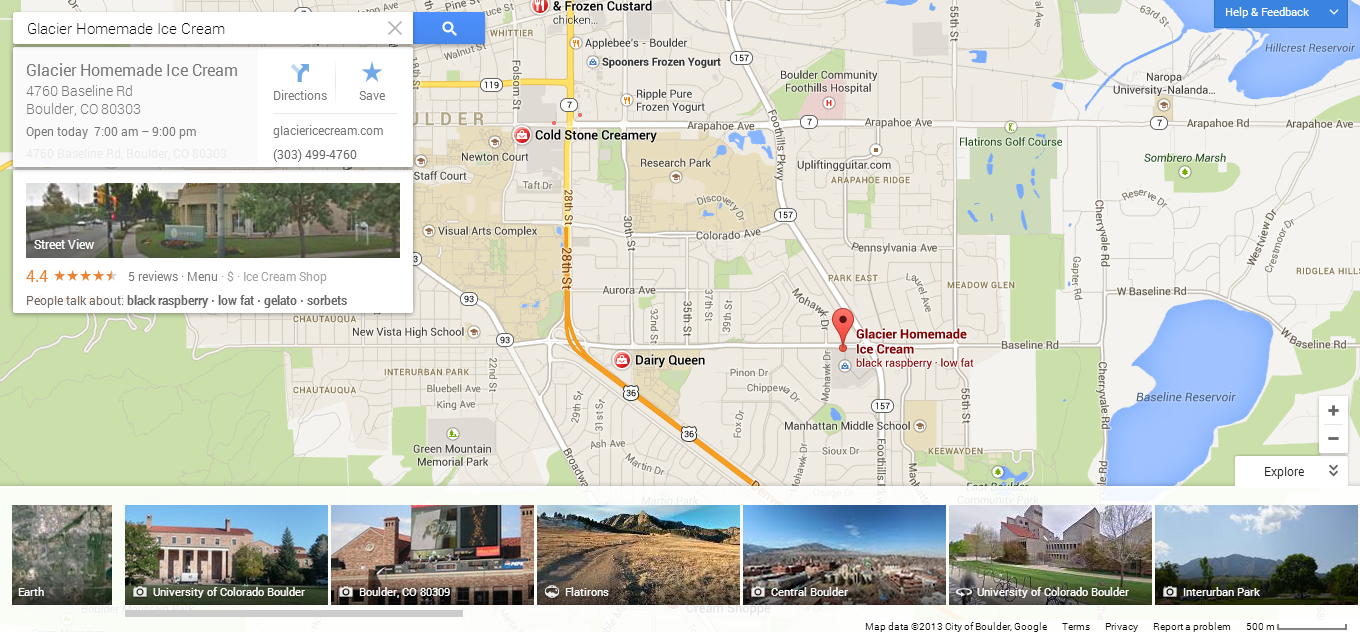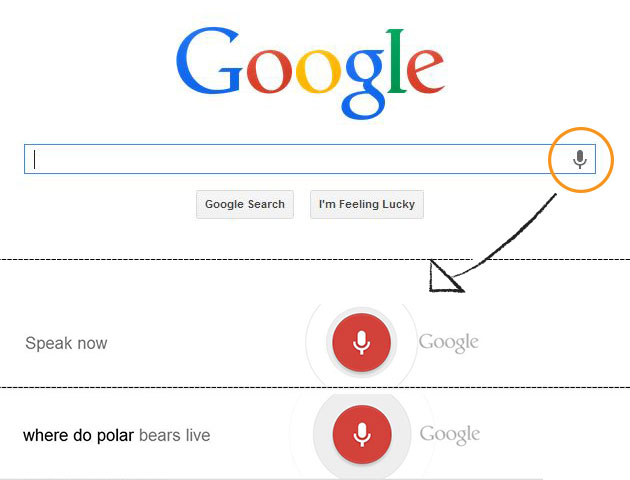Over the past year, Google made many small changes to the search algorithm and search engine results page as well as one big change to the algorithm itself. All of the changes were to improve upon the search experience for users and cut out low-quality material.
For those practicing older methods of SEO, now is a more crucial time than ever to get up-to-date with the changes in this industry so that your site doesn’t fall even more behind. Let’s take a look at what Google has done recently.
Panda & Penguin Updates


The multiple Panda updates were simply to ensure that only high-quality content is rewarded and the Penguin updates rewarded sites that produced content for specific industries as experts, which received “authority” rewards.
The focus of these updates are to encourage people to not scrape content and to really come up with high-quality, relevant content to put out into the world. It may come as a surprise to some that there are companies out there that still scrape bits of material from different sites and combine them together as a “new” article.
In addition, mass posting the same blogs everywhere to get links is a practice long expired so remember to create original, unique content, and get high-quality links. Don’t just put your blogs anywhere.
A Google World: Merging Google+, Maps, Places, Local, Shopping & Search
Earlier this year, Google+, Google Maps, Google Places, Google Local, Google Shopping, and Google were separate entities. Today, they are one experience.
When you Google a restaurant, you receive a map, reviews, articles, and results. If you click on a location through the map or reviews, you’ll get a new Google Maps visual experience, which we’ll discuss next. You can also easily access the Google+ page when you view the reviews and details.
Google mimicked Yelp Elite Squad with “City Experts” in order to encourage people to place more reviews on Google through reputable critics. The value of reviews on Google is evident as the reviews show up not only on the business’ Google+ page but also in regular search results.
As you yourself search for various things on Google, your results are affected by the people that you’re connected to on Google+. If somebody you follow gave an article a +1, you’ll see that article in your results. If somebody you are connected to reviewed a restaurant, you’ll see their review of the restaurant.
When you search for a restaurant, local restaurants populate the top of the search results with a map below. When you search for a product, Product Listing Ad images populate the top of the search results.
Instead of having to search for relevant information, Google works to bring relevant information to you.
Exploring with a New Google Maps

Google Maps got a fresh makeover by allowing users to explore an area with a new interface that combined the old Google Maps and Google Earth. People can see hours of operation, location, reviews, highlights, pictures, things nearby, a SimCity like experience, and Street View.
Knowledge Graph & Voice Search

In addition, the creation of Voice Search appeared on the right side of Google’s search bar in the form of a microphone icon. Throughout the year, the ability for this tool to understand and translate your voice to text improved.
The Voice Search tool comes in handy when you’re on the go and want to find out, say, “How much potassium is in a banana?” The next thing you’ll see are results featuring the nutritional facts of bananas presented by Knowledge Graph. If you look up President George Washington, Knowledge Graph gives a handy biography of him and relevant searches below that.
Cleaning Up Content in Search Results
In order to further improve the quality of content in search results, Google Authorship changed and is encouraged to gain “Author Rank.” Google also gives the option of “More in-depth articles” at the bottom of search pages.
Other things Google worked on is cleaning up illegal link schemes, “payday loan” results, and porn. Currently, Google is also working to cut out child abuse term to deter users from searching for them and those who host child abusive content from ranking.
The Big Algorithm Change: ‘(Not Provided)’ & Hummingbird

The biggest change to Google is the increase of ‘(Not Provided)’ followed by the Hummingbird update. ‘(Not Provided)’ hides the search terms users logged into Google use to get to your site. This is an effort to diminish the reliance on simply ranking #1 and improve quality of content. The phase out of PageRank began early 2013 as well.
Hummingbird reinforces Google’s original mission of provide relevant results to people looking for things. This combined with ‘(Not Provided)’ and all the content changes prior are to encourage businesses to focus on providing high-quality, relevant content to users that they would be interested in.
Link-building with exact match keywords are phasing out in favor of long-tail keywords; this is evident in new guest blogging rules. Content managers also need to shift their focus from link-building to content marketing.
Voice Search also plays into this algorithm change where Google searches are more human as conversational searches and concepts are better understood. This is incredibly advantageous to mobile search optimization.
Through the many updates Google made recently, the focus is to create an ever-evolving and better user experience featuring higher-quality content, which encourages marketers to really improve upon their craft too.



